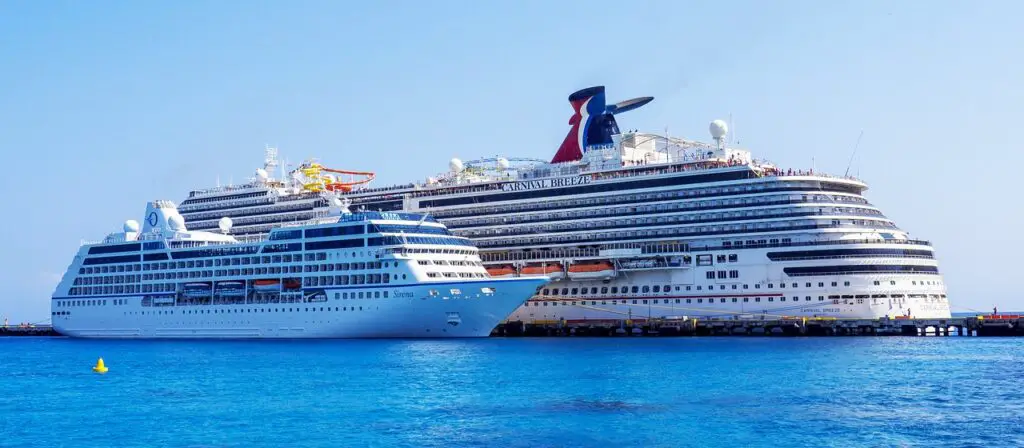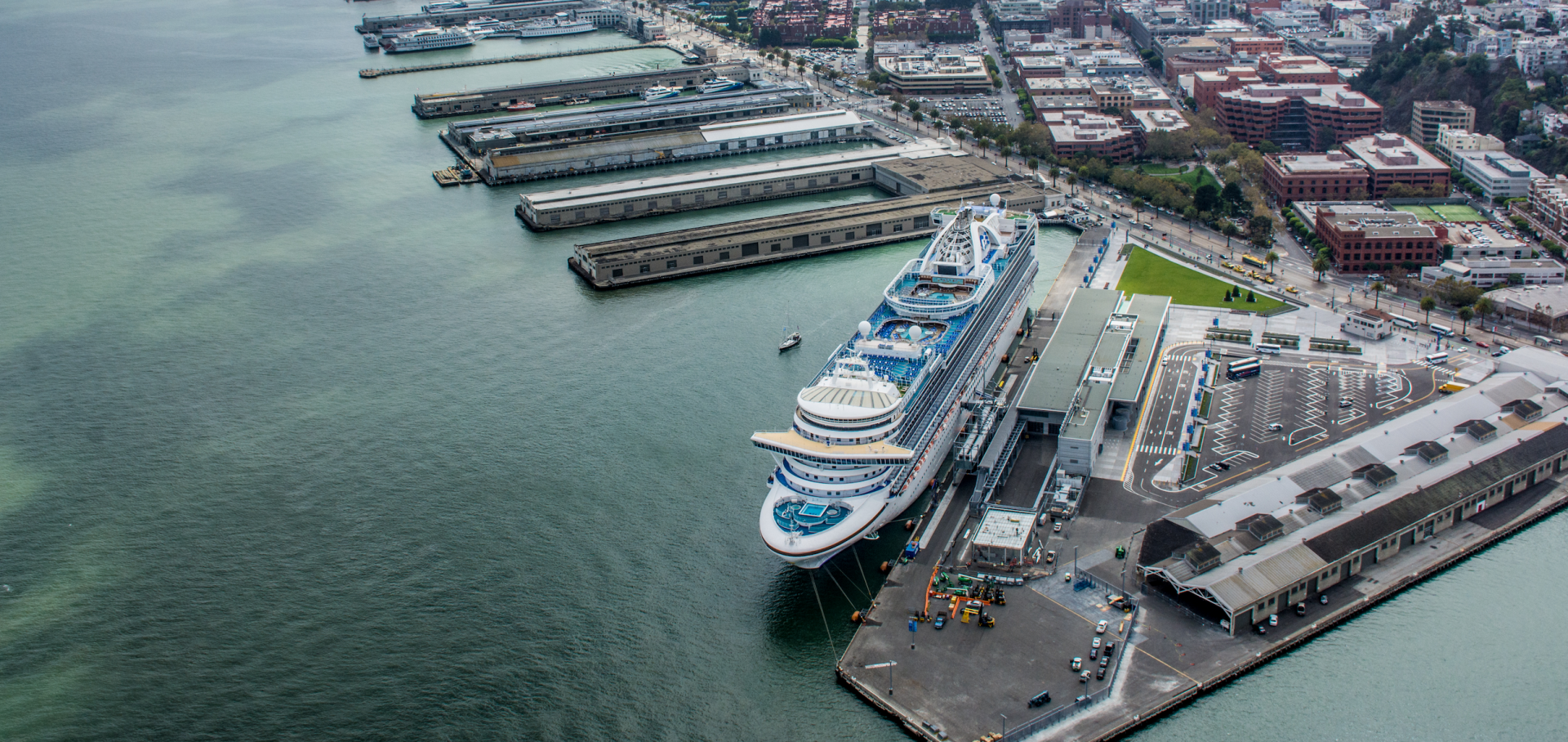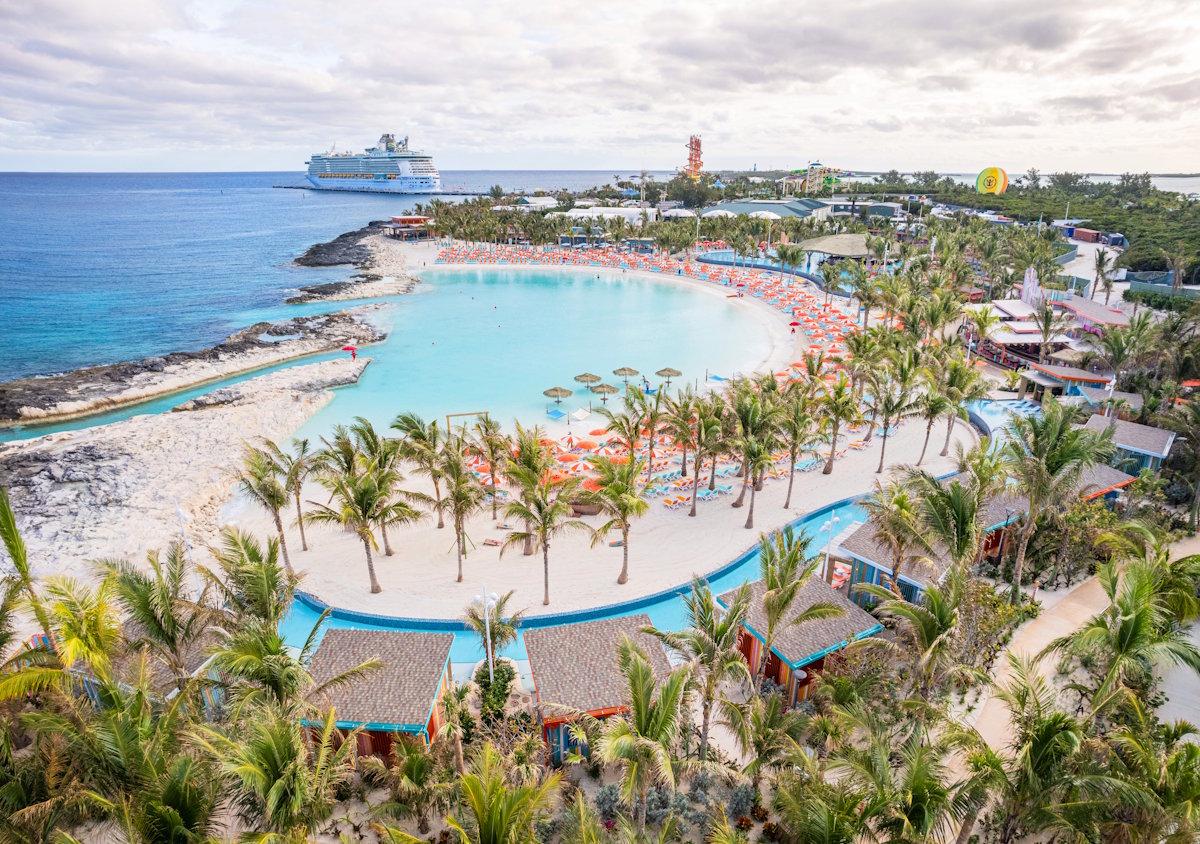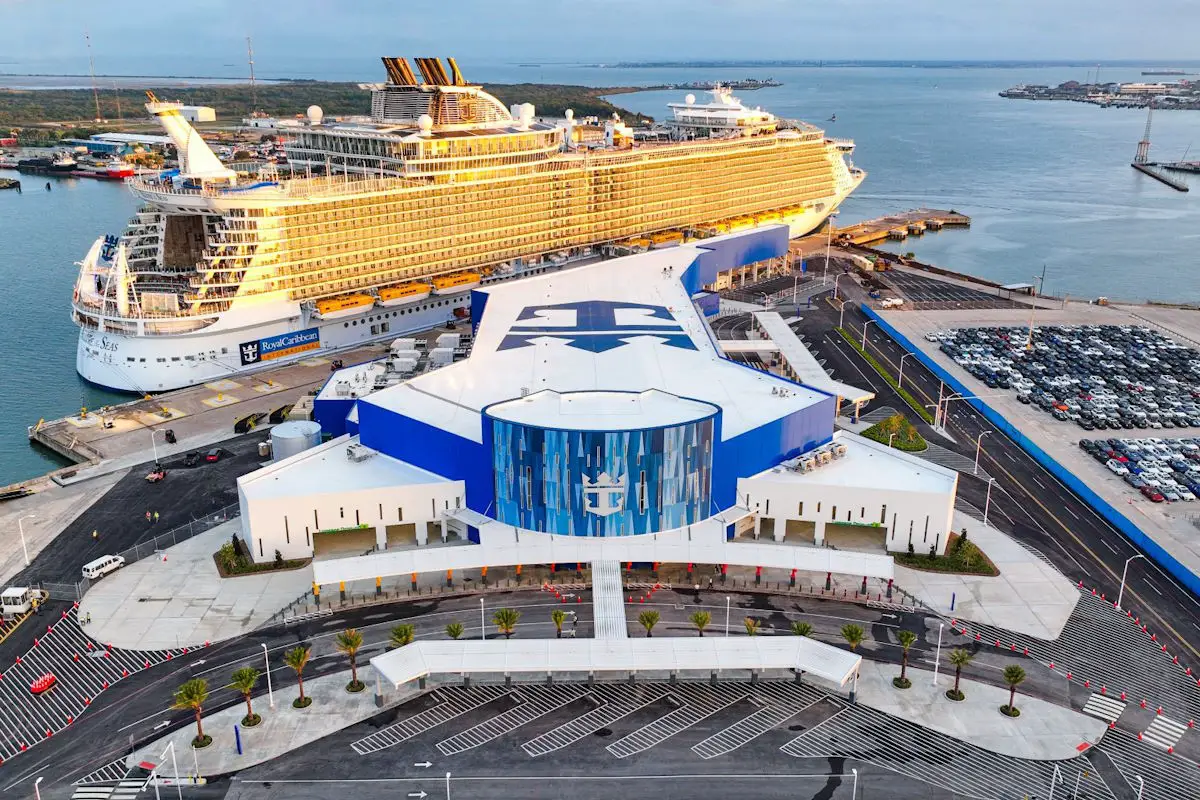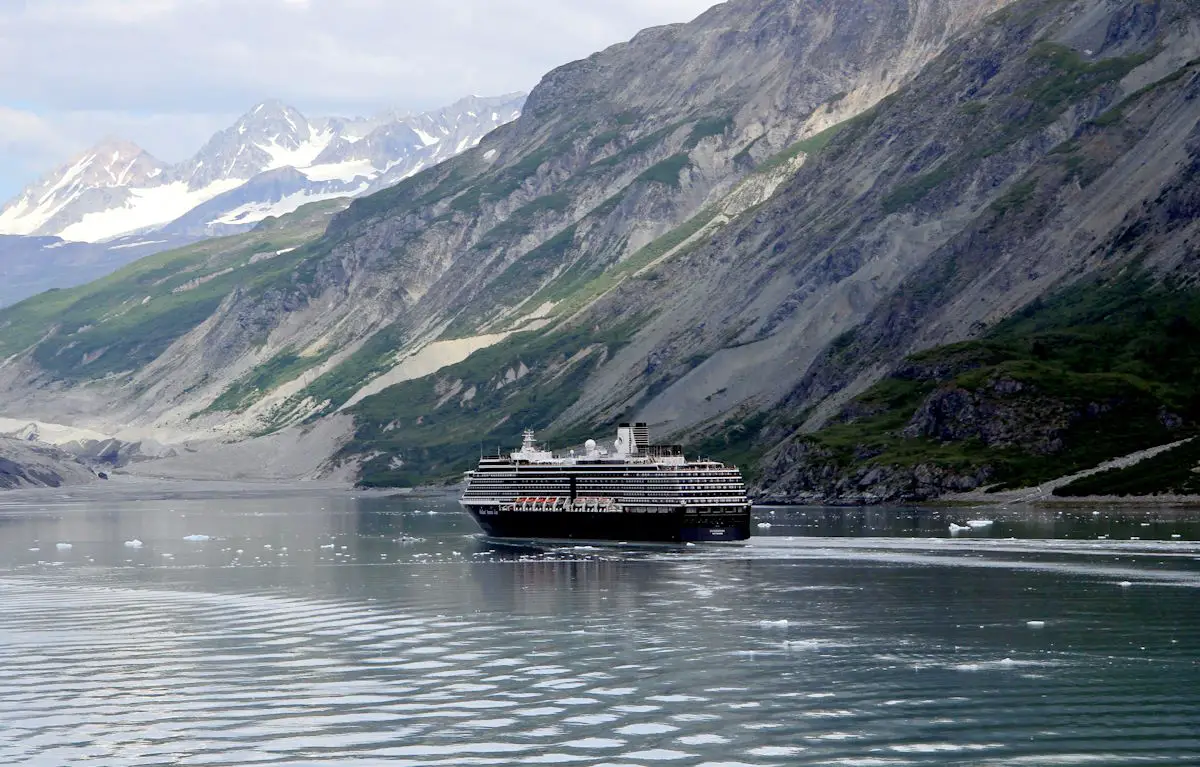Table of Contents
ToggleSmaller Cruise Ships Gain Popularity
Cruising has become one of the most popular vacation options worldwide, offering travelers a unique combination of relaxation, adventure, and luxury.
While mega cruise ships with sprawling water parks, Broadway-style shows, and thousands of passengers often steal the spotlight, smaller cruise ships have quietly gained a loyal following.
A Distinct Difference From Larger Ships
These vessels, typically carrying fewer than 2,000 passengers, offer a distinctly different experience from their larger counterparts.
Smaller cruise ships accommodate fewer passengers, creating a more intimate and personalized experience with less crowds. This can lead to better interaction with fellow passengers and crew members.
Smaller ships often have cozier public spaces, lounges, and dining areas, making it easier for passengers to interact and socialize.
However, like any mode of travel, cruising on a smaller ship comes with its own set of pros and cons.
The Pros of Sailing on a Smaller Cruise Ship
Personalized Service
One of the biggest draws of smaller cruise ships is the level of personalized service passengers receive. Smaller ships often have cozier public spaces, lounges, and dining areas, making it easier for passengers to interact and socialize.
With fewer guests onboard, crew members can get to know passengers by name, remember their preferences, and offer tailored experiences. This attention to detail creates a more intimate and welcoming atmosphere, often compared to staying at a boutique hotel rather than a large resort.
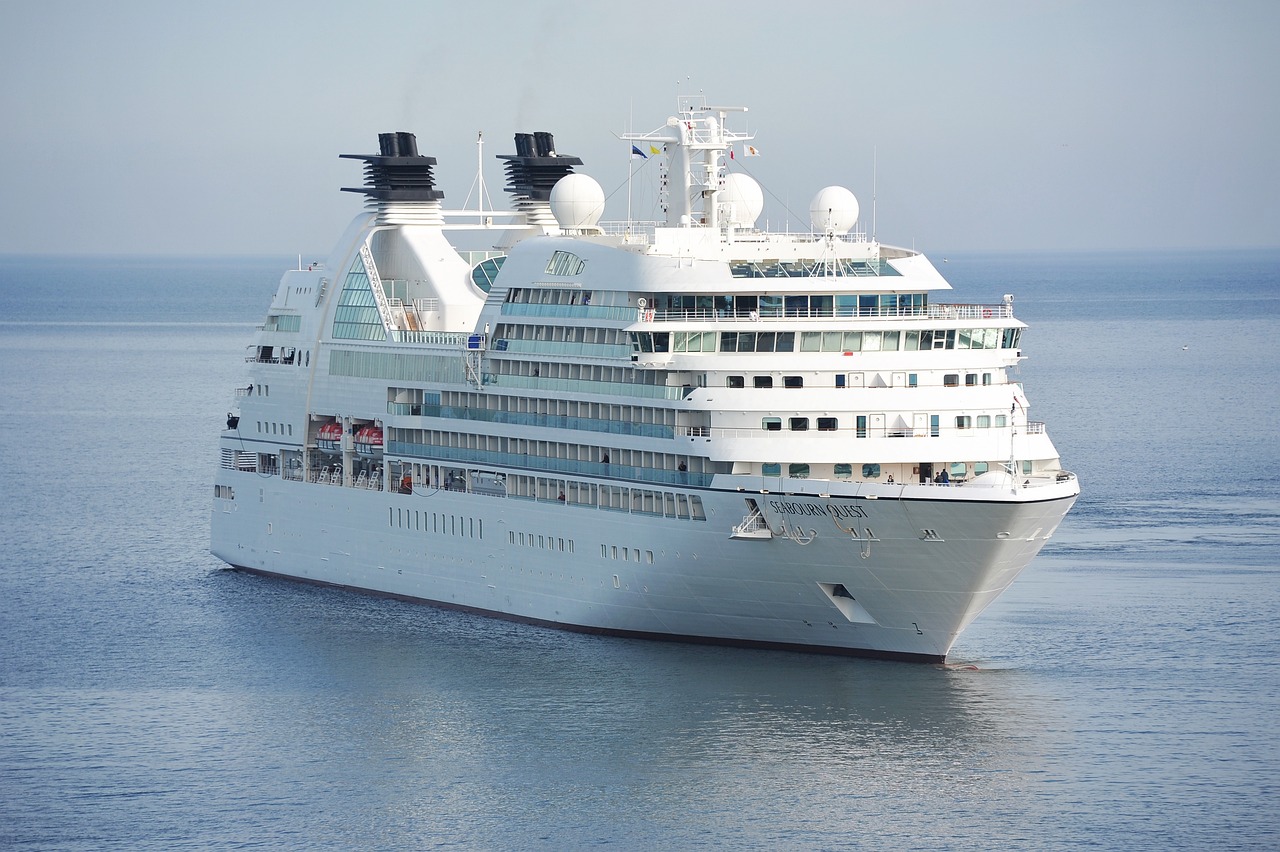
Better Access to Smaller Ports On A Smaller Cruise Ship
Smaller ships have the advantage of being able to dock in ports that are inaccessible to larger vessels. Smaller ships have shallower drafts (the portion of the ship underwater), allowing them to navigate through narrower channels, shallow waters, and smaller harbors that larger ships cannot access.
The smaller dimensions of these cruise ships make them versatile and adaptable, giving passengers access to a wider range of ports and destinations.
This allows for a more diverse itinerary, visiting less crowded and more unique destinations. Cruisers can explore off-the-beaten-path destinations, secluded islands, and charming coastal towns that mega-ships simply can’t reach.
Ports like Saint-Tropez, Portofino, or Alaska’s Inside Passage fjords become accessible, offering unique experiences and less crowded excursions.
Much Shorter Lines and Wait Times On A Smaller Cruise Ship
Smaller cruise ships typically have shorter lines and wait times because they have fewer passengers to accommodate compared to larger ships.
With a smaller passenger capacity, embarkation, disembarkation, dining, and other onboard services can be managed more efficiently, resulting in reduced congestion and quicker service for passengers.
With fewer passengers, there is less time waiting in line and more time that can be spent enjoying your cruise.
Quieter, More Relaxed Atmosphere
The atmosphere on a smaller cruise ship tends to be quieter and less hectic, allowing passengers to enjoy a peaceful and tranquil cruise experience.
With a smaller passenger capacity, embarkation, disembarkation, dining, and other onboard services can be managed more efficiently, resulting in reduced congestion and quicker service for passengers. With fewer passengers, there is less time waiting in line and more time
For travelers seeking a peaceful getaway, small cruise ships are an ideal choice. Without thousands of people vying for deck chairs or waiting in lines, guests often find it easier to unwind.
The onboard vibe is generally calm and sophisticated, attracting passengers who prefer quality over quantity when it comes to entertainment and activities.
More Personalized Service On A Smaller Cruise Ship
Smaller ships often provide more attentive and personalized service, as the crew can get to know passengers on a more individual basis.
Passengers tend to receive more personalized service on smaller cruise ships for several reasons. Smaller ships have a higher crew-to-passenger ratio, which means there is more staff available to passengers.
Crew members on smaller ships often have the opportunity to get to know passengers on a personal level, allowing them to anticipate and cater to specific preferences.
With fewer passengers to serve, crew members have more time to interact with guests and provide tailored assistance. Smaller ships offer a cozier and more intimate setting, making it easier for crew members to establish rapport and provide attentive service.
Smaller ships can be more flexible in accommodating passenger requests and customizing experiences due to their reduced passenger load.
Overall, the smaller size of the ship and the lower passenger count create a conducive environment for delivering personalized and attentive service to passengers.
Cultural and Educational Enrichment
Many smaller cruise lines, especially those in the luxury or expedition category, emphasize enrichment activities.
Lectures by historians, naturalists, or local experts, as well as workshops and culinary demonstrations, are common. These experiences cater to curious minds and add educational value to the journey.
There Is A Community Feeling On A Smaller Cruise Ship
Due to the smaller number of passengers, it’s easier to connect with fellow travelers and form a sense of community on board.
A community feeling on a smaller cruise ship arises because of the close-knit atmosphere fostered by fewer passengers. With a smaller passenger count, passengers have more opportunities to interact, recognize each other, and form connections.
Smaller ships often have intimate common areas, creating a sense of togetherness among passengers. Passengers on smaller ships tend to participate in similar activities and excursions, facilitating bonding and a sense of camaraderie.
Crew members can engage with passengers on a more personal level, promoting a sense of belonging.
The Cons of Sailing on a Smaller Cruise Ship
Limited Onboard Amenities On A Smaller Cruise Ship
Unlike mega ships packed with water slides, mini-golf courses, ice skating rinks, and multiple theaters, smaller cruise ships offer a more scaled-back experience.
There is usually less extravagant entertainment, and fewer recreational activities. Travelers looking for endless onboard entertainment might feel limited.
Higher Price Point
With fewer passengers onboard and a focus on quality service, smaller cruise ships tend to be more expensive. Luxury and boutique cruise lines dominate the small ship market, offering all-inclusive packages that can significantly drive up the price.
While many travelers find the experience worth the cost, budget-conscious cruisers may find small ship cruising cost-prohibitive.
Potential for Motion Sickness On A Smaller Cruise Ship
Smaller ships can be more susceptible to rough seas. Their smaller size means they are less stable in turbulent waters, which can lead to an increased risk of motion sickness for sensitive travelers.
There may be more rocking and swaying than on a large cruise ship. While this isn’t always a problem, especially in calm waters, it’s something to consider, especially for ocean crossings or itineraries in open seas.
Less Diverse Entertainment On A Smaller Cruise Ship
Nightlife and entertainment on small ships tend to be low-key. Instead of grand stage productions, expect piano bars, lectures, or small musical acts.
There might be fewer organized activities, and the nightlife scene usually winds down early. For travelers seeking a lively party atmosphere, a smaller cruise ship might feel too sedate.
While smaller ships might offer quality entertainment, they may have a more limited variety of shows and activities compared to the larger, more elaborate productions on bigger ships.
There are Fewer Dining Options On A Smaller Cruise Ship
Although food quality is often top-notch, the number of restaurants and dining options on a smaller ship is limited.
Larger ships can have over a dozen specialty restaurants, while smaller ships might only have a main dining room and one or two alternative venues. This could be a downside for foodies looking for diverse culinary experiences.
Cabins Might Be Smaller On A Smaller Cruise Ship
The size of cabins and staterooms on smaller cruise ships might be smaller than what you’d find on larger ships, potentially leading to less space and fewer amenities.
Potentially Fewer Families and Activities for Children On A Smaller Cruise Ship
Smaller ships might attract fewer families, which could result in fewer kid-friendly activities and a less child-focused environment.
Smaller Cruise Ships Can Be More Impacted By The Weather
Smaller ships can be more affected by adverse weather conditions, potentially leading to itinerary changes or rougher sailing in certain conditions.
Social Atmosphere May Not Suit Everyone
The intimate nature of small ship cruising fosters a tight-knit social environment. Many passengers form friendships quickly, and the cruise often feels like a floating social club.
For introverts or those seeking anonymity, this might be a drawback. On a small ship, you’re likely to see the same people repeatedly, which isn’t always ideal for every traveler.
Is a Small Ship Cruise Right for You?
Choosing between a large or small cruise ship ultimately comes down to personal preference and what you value most in a vacation. Small ship cruising is ideal for travelers who prioritize:
- Personalized service and attention to detail
- Exploring unique, less crowded destinations
- A peaceful, relaxed atmosphere
- Educational and cultural experiences
However, those who crave a bustling environment packed with entertainment, family-friendly attractions, and endless dining choices might feel limited on a small ship.
Small ship cruises often attract mature travelers, couples, solo adventurers, and nature lovers seeking more than just a floating amusement park.
They are particularly well-suited for destination-focused journeys like river cruises, polar expeditions, or luxury Mediterranean itineraries.
Final Thoughts
Small cruise ships offer a distinctive and often luxurious way to explore the world. With fewer passengers, personalized service, and unique itineraries, they appeal to those seeking an intimate, culturally rich cruising experience.
However, they come at a higher price and with fewer amenities and activities compared to their mega-ship counterparts.
For travelers who value quiet elegance, off-the-beaten-path adventures, and a close-knit community at sea, small ship cruising can provide an unforgettable journey. But for those who thrive on variety, entertainment, and nonstop action, the larger ships might still reign supreme.
Some Of the Smaller Cruise Ships
Royal Caribbean Rhapsody of the Seas
Gross Tonnage: 78,491
Length: 915 feet
Passengers: 2,416
Gross Tonnage: 71,909 tons
Length: 855 feet
Passengers: 2,190
Viking Octantis
Gross Tonnage: 30,150 tons
Length: 665 feet
Passengers: 378
Gross Tonnage: 5,175 tons
Length: 360 feet
Passengers: 100
Gross Tonnage: 65,542 (both ships)
Length: 275 (both ships)
Passsengers: 2,546 (Sinfonia) 2,520 (Armonia)
Gross Tonnage: 17,400 tons
Length: 515 feet
Passengers: 247
World Navigator – Atlas Ocean Voyages
Gross Tonnage: 10,000 tons
Length: 423 feet
Passengers: 196
Gross Tonnage: 5,703 tons
Length: 360 feet
Passengers: 148
Celebrity Cruises: Celebrity Flora
Gross Tonnage: 5,922
Length: 333 feet
Passengers: 100
If you want to try cruising on a unique small ship, try the legendary tall ship Preussen. It is a 439 foot tall ship that has a total of 42 sails that, combined, are 54,000 square feet. The ship holds 227 passengers and has a marine platform for ocean access. Find out more here:
Star Clippers Sailing Tall Ship Cruises – Royal Clipper
Before booking your next cruise, consider what kind of experience you’re after—whether it’s a peaceful escape or a floating city full of excitement. The right choice will ensure smooth sailing and memories that last a lifetime.
This page contains affiliate links for which we may receive financial compensation when a purchase has been made through one of our affiliate partners.
About
Joy is the Co-Founder & Content Manager/Expert for CruisePortAdvisor.com and one of the founders of the site. She loves to travel, sing & bake.

